The BMW Z4 stands as one of the most iconic roadsters on the market, combining German engineering with sleek styling and impressive performance. However, not all model years deliver the same reliability and driving experience. Understanding which BMW Z4 years to avoid can save you thousands in unexpected repair costs and countless headaches down the road.
While BMW has a reputation for quality, certain Z4 production years have shown recurring issues that potential buyers should be aware of before making a purchase. This comprehensive guide examines the most problematic Z4 models, their common issues, and provides expert recommendations on which years offer better reliability.
Common BMW Z4 Issues Overview
Before diving into specific model years, it’s important to understand the recurring problems that plague certain BMW Z4 generations. These issues range from minor annoyances to potentially dangerous mechanical failures that could leave you stranded or facing expensive repairs.
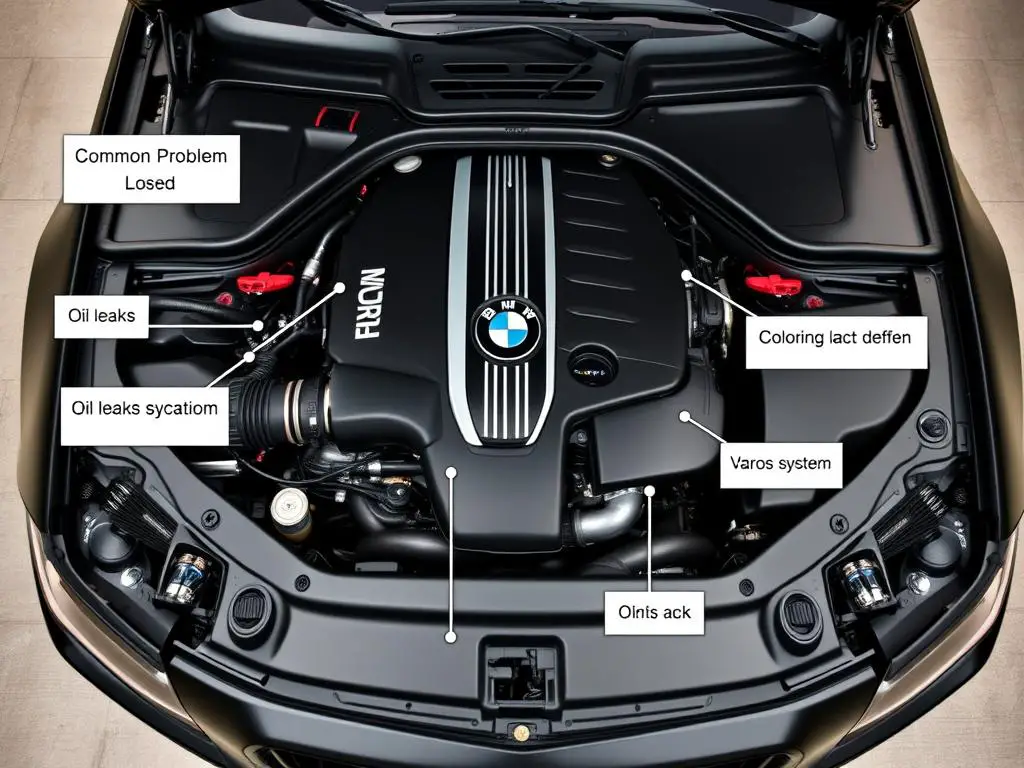
Here are the most common defects reported across problematic BMW Z4 models:
- Convertible Top Mechanism Failures – Motors seize, sensors fail, and the roof can get stuck in partially open positions
- Steering System Issues – Including steering wheel stickiness, drifting, and control arm bushing failures
- Electrical System Problems – Ranging from minor sensor malfunctions to complete electrical system failures
- Oil and Coolant Leaks – Particularly from valve cover gaskets and cooling system components
- Airbag Deployment Issues – Spontaneous deployment in some models, particularly the 2007 year
- Front Grill Fitment Problems – Lower grills that pop loose when driving over bumps or dips
- VANOS System Failures – Affecting engine performance, fuel economy, and overall drivability
Worst BMW Z4 Model Years
Based on owner reports, reliability data, and recall information, certain BMW Z4 model years stand out as particularly problematic. Let’s examine the specific issues associated with each of these years to avoid.
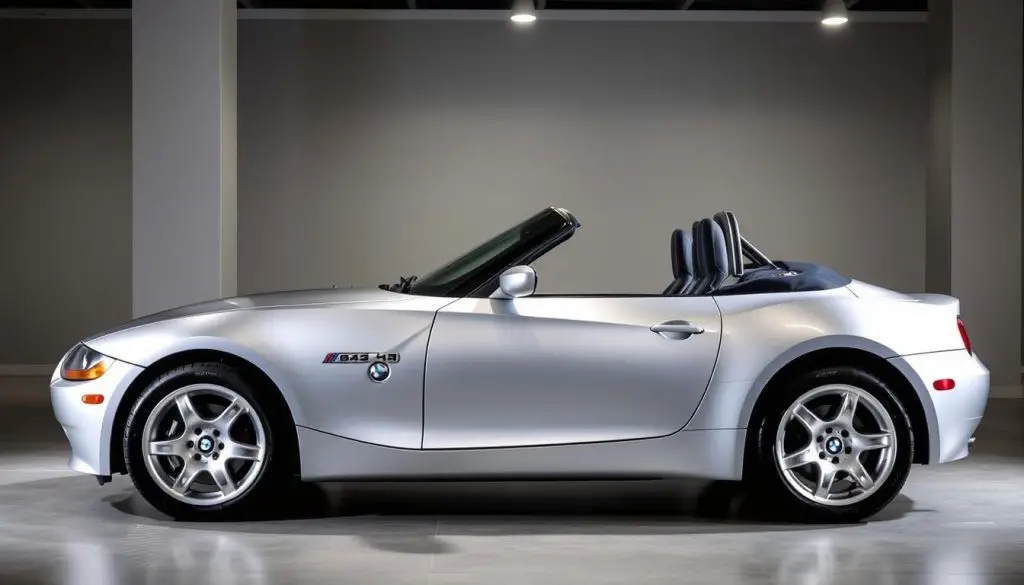
2003 BMW Z4 – First Generation Problems
The inaugural year of the Z4 came with significant teething problems as BMW introduced this new roadster to replace the Z3. The 2003 model year suffers from numerous issues that make it one of the top BMW Z4 years to avoid.
| Issue | Description | Repair Cost | Severity (1-5) |
| Steering Stickiness | Steering wheel feels sticky and unresponsive, leading to oversteering and reduced control | $800-$1,200 | 4 |
| Oil Leaks | Valve cover gasket failures causing oil leaks and potential engine damage | $400-$600 | 3 |
| Coolant Loss | Cooling system component failures leading to overheating | $700-$1,500 | 4 |
2005-2006 BMW Z4 – Persistent Reliability Issues
The 2005-2006 models continued to exhibit many of the same problems as the 2003 model, with some additional concerns emerging. These years are frequently cited among problematic Z4 models by owners and mechanics alike.
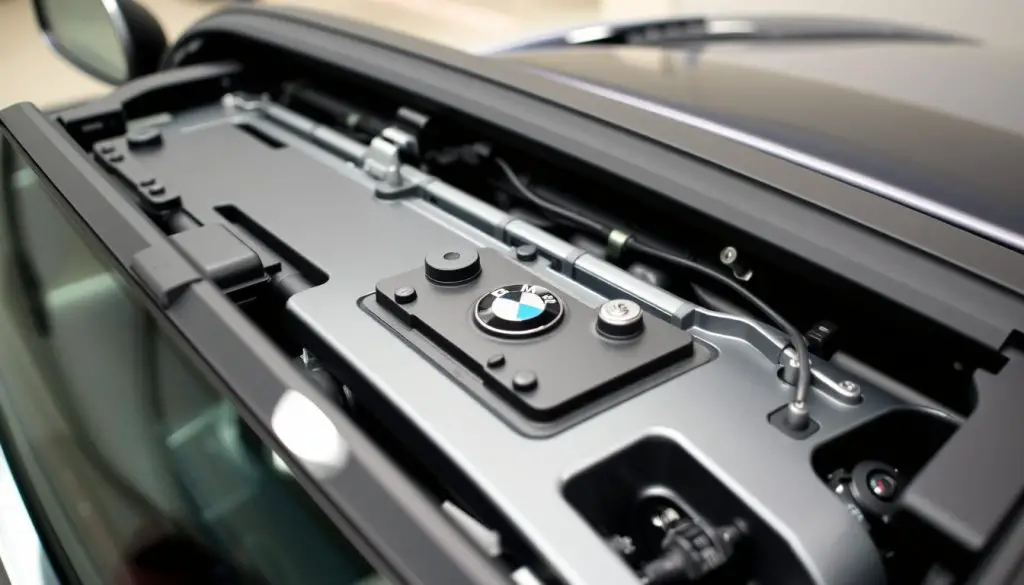
| Issue | Description | Repair Cost | Severity (1-5) |
| Convertible Top Malfunctions | Top gets stuck in open or closed positions due to motor or sensor failures | $1,200-$2,500 | 4 |
| VANOS Seals Failure | Engine timing issues causing poor performance and reduced fuel economy | $1,500-$2,000 | 3 |
| Lower Grill Fitment | Front grill pops loose when driving over bumps or dips | $200-$400 | 2 |
2007 BMW Z4 – Serious Safety Concerns
The 2007 model year is widely considered one of the worst BMW Z4 years to avoid, primarily due to a serious safety issue involving the airbag system. This model year has received the most severe complaints among all Z4 generations.
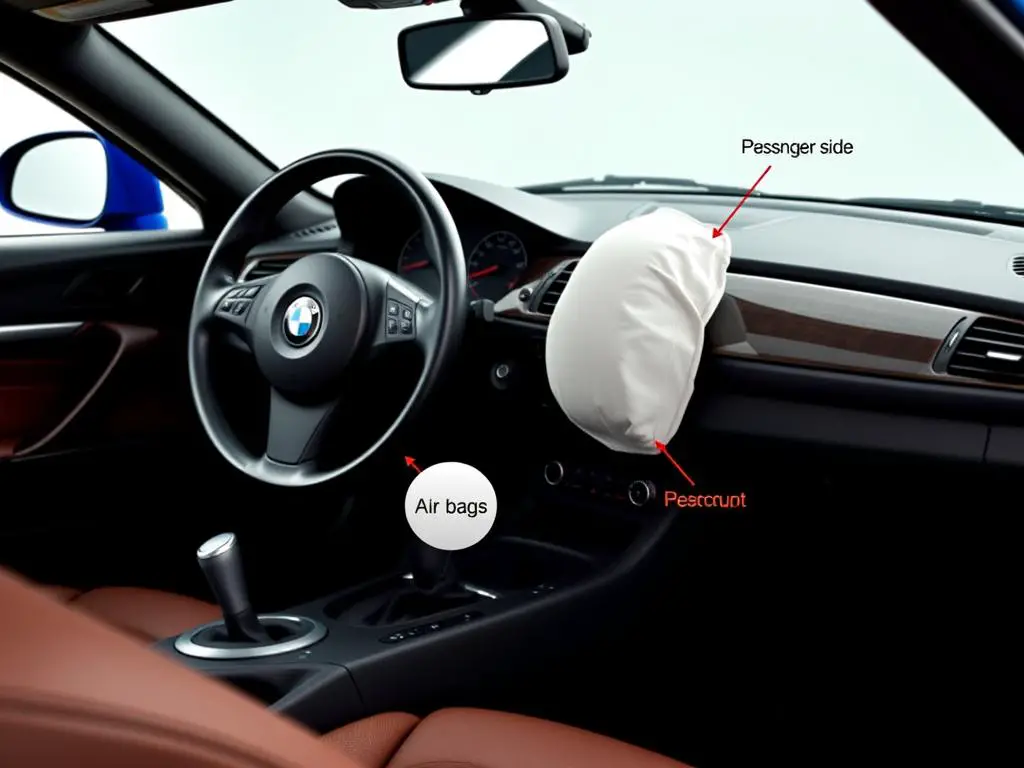
| Issue | Description | Repair Cost | Severity (1-5) |
| Spontaneous Airbag Deployment | Airbags may deploy without warning while driving, creating serious safety hazard | $2,000-$3,500 | 5 |
| Steering Column Malfunction | Steering wheel drifts to one side, making the vehicle difficult to control | $800-$1,200 | 4 |
| Electrical System Failures | Multiple electrical components failing, including sensors and control modules | $600-$2,000 | 3 |
2016 BMW Z4 – Late Model Issues
While generally more reliable than earlier generations, the 2016 model year has shown some concerning problems that place it among the BMW Z4 years to avoid for used car shoppers.
| Issue | Description | Repair Cost | Severity (1-5) |
| Vehicle Speed Control | Issues with maintaining consistent speed and throttle response | $800-$1,500 | 3 |
| Electronic Control Module Failures | Various control modules requiring replacement | $1,000-$2,000 | 3 |
| Fuel System Components | Fuel pump and related component issues | $700-$1,200 | 3 |
Recommended Reliable BMW Z4 Years
Not all BMW Z4 models suffer from significant problems. Several model years stand out for their reliability and represent better choices for used car shoppers looking to avoid the problematic BMW Z4 years.
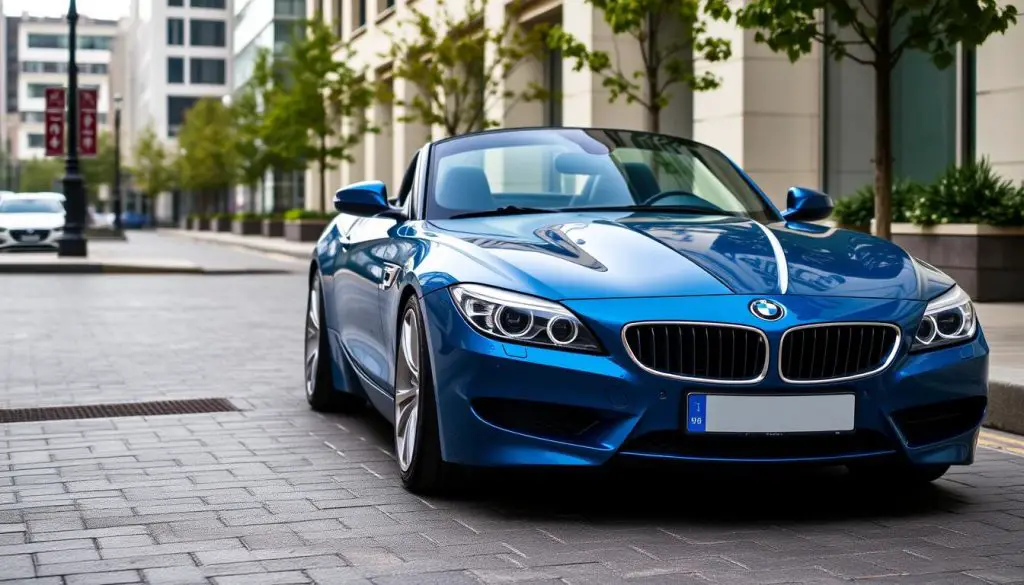
2009-2015 Models (Second Generation Excellence)
The second-generation Z4 (E89) introduced in 2009 addressed many of the issues found in earlier models. These years generally offer better reliability, improved build quality, and fewer reported problems. The 2009-2015 models feature the retractable hardtop design, which proved more durable than the soft top of the first generation.
Pros of 2009-2015 Models
- More reliable retractable hardtop mechanism
- Improved electrical system reliability
- Better build quality and materials
- Enhanced driving dynamics and comfort
- Fewer reported engine and transmission issues
Cons of 2009-2015 Models
- Higher purchase price than first generation
- More complex systems can be costly to repair when they do fail
- Reduced trunk space when top is down
- Some electronic issues in early production units
2017-2020 Models (Late Second Generation and Third Generation)
The latest Z4 models (2017-2020) offer the most refined driving experience and benefit from BMW’s continuous improvements to reliability. The third-generation Z4 (G29) introduced in 2019 returns to a soft-top design but with significantly improved engineering and durability.
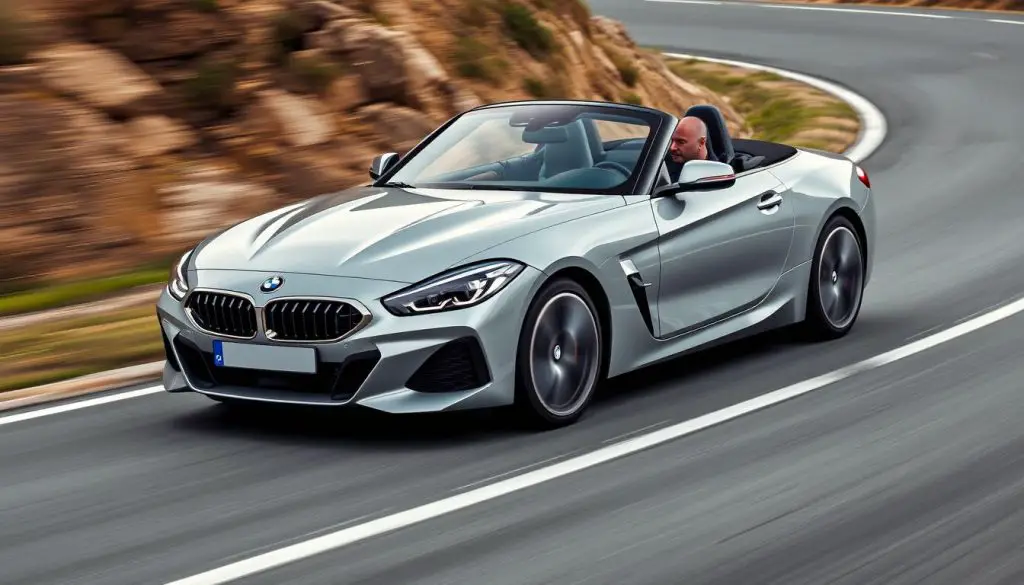
BMW Z4 Buyer’s Inspection Checklist
When shopping for a used BMW Z4, a thorough inspection is crucial to avoid purchasing a problematic model. Use this comprehensive checklist to evaluate any Z4 before making a purchase decision.
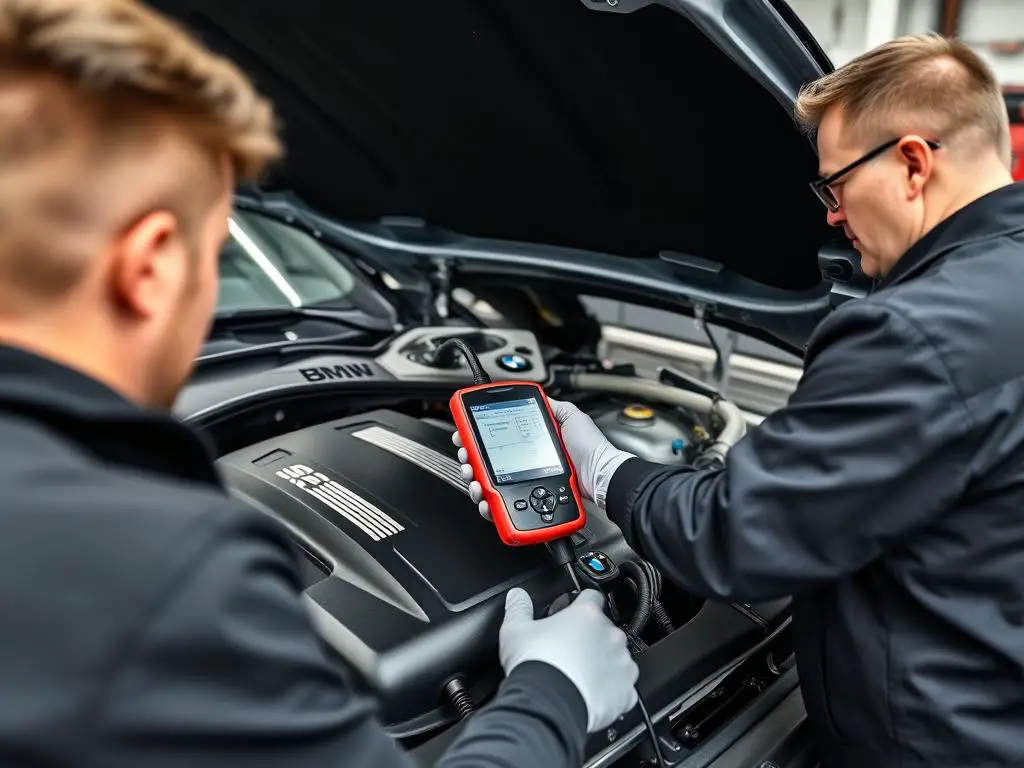
- Convertible Top OperationTest the convertible top through multiple open and close cycles. Listen for unusual noises and ensure smooth operation. For hardtop models, check that all seals are intact and there are no water leaks.
- Engine DiagnosticsHave a BMW specialist perform a complete diagnostic scan to check for stored error codes, even if no warning lights are illuminated. Pay special attention to VANOS system codes on earlier models.
- Cooling System InspectionCheck for coolant leaks around hoses, the radiator, and water pump. Inspect the expansion tank for cracks. Test the cooling fan operation by allowing the engine to reach operating temperature.
- Oil Leak AssessmentExamine the valve cover gasket, oil filter housing, and oil pan for signs of leakage. Fresh oil stains on these components indicate active leaks that will require repair.
- Steering and Suspension TestDuring a test drive, check for steering wheel play, unusual noises when turning, and any pulling to one side. Test the vehicle over bumps to assess suspension condition and listen for clunking sounds.
- Electrical System VerificationTest all electrical components including windows, locks, lights, audio system, and climate control. Verify that all dashboard warning lights illuminate during startup and then turn off.
- Service History ReviewRequest complete service records to verify regular maintenance and check if any recalls have been addressed. Look for documentation of timing chain replacement on high-mileage examples.
Pro Tip: Always have a pre-purchase inspection performed by a BMW specialist or certified mechanic familiar with Z4 models. The $100-200 cost could save you thousands in unexpected repairs.
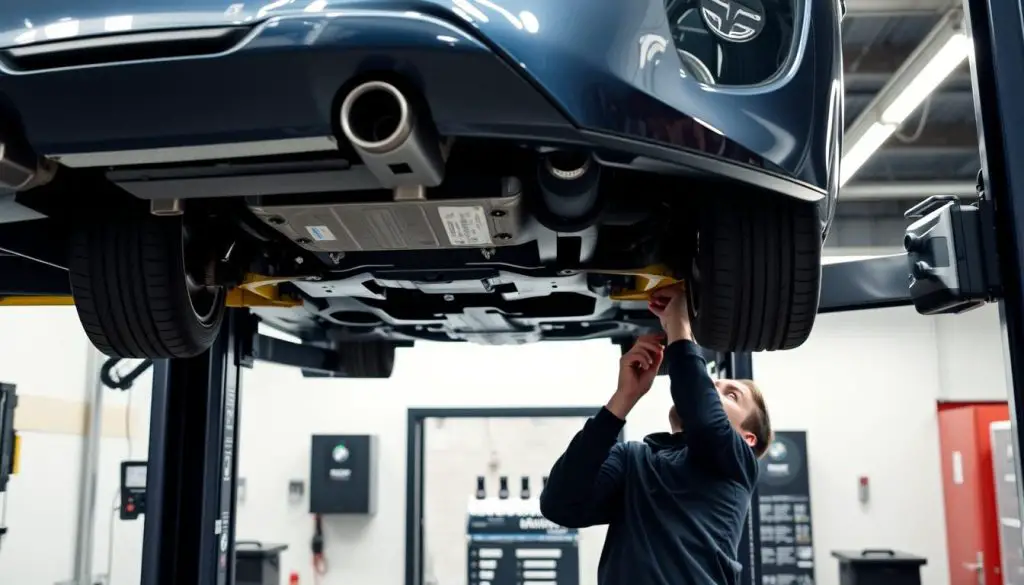
BMW Z4 Generations Comparison
Understanding the differences between Z4 generations can help you make a more informed decision and avoid problematic BMW Z4 years. Each generation has its own characteristics, strengths, and potential issues.
| Generation | Production Years | Key Features | Years to Avoid | Recommended Years |
| First Gen (E85/E86) | 2003-2008 | Soft top convertible, traditional roadster styling, available coupe version (E86) | 2003, 2005, 2006, 2007 | 2004, 2008 |
| Second Gen (E89) | 2009-2016 | Retractable hardtop, more refined interior, improved technology | 2016 | 2009-2015 |
| Third Gen (G29) | 2019-Present | Return to soft top, shared platform with Toyota Supra, modern tech features | None identified yet | 2019-2020 |
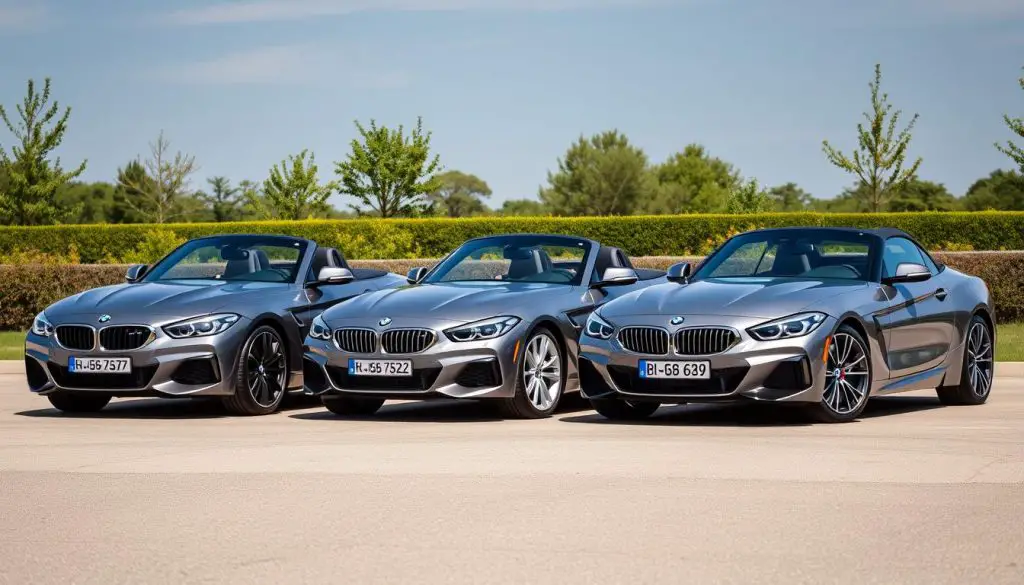
Expected Lifespan and Long-Term Ownership
When avoiding problematic BMW Z4 years and selecting a reliable model, you can expect different longevity outcomes. Understanding the typical lifespan and maintenance requirements helps set realistic expectations for ownership costs.
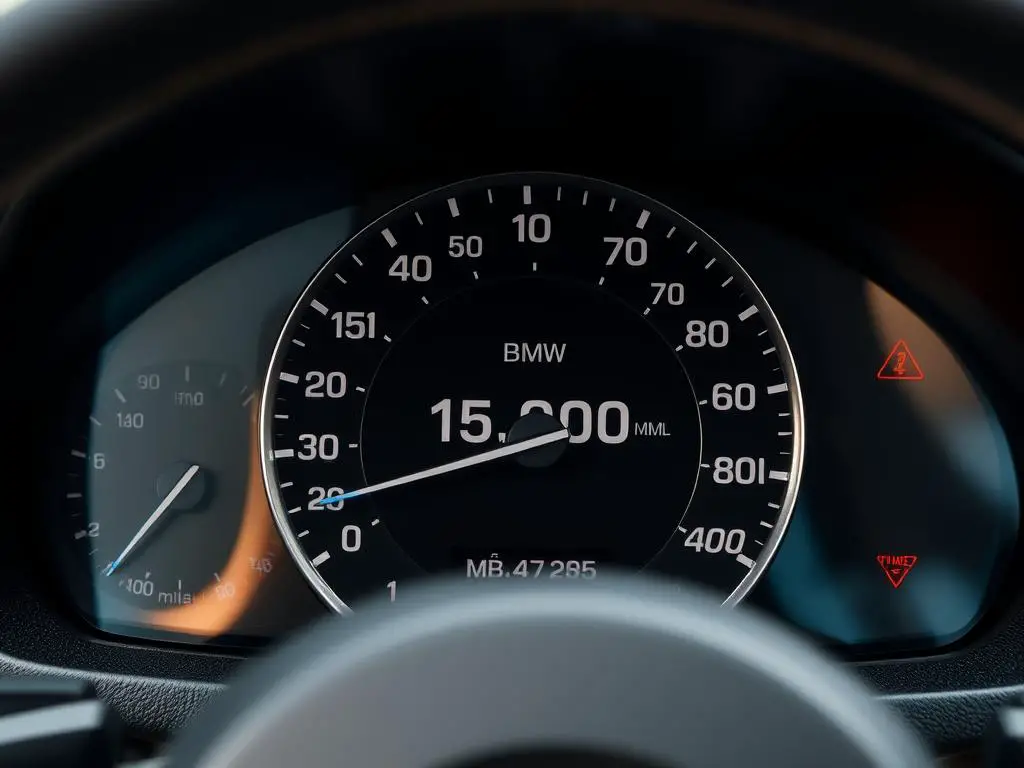
“A well-maintained BMW Z4 from the recommended model years can easily exceed 200,000 miles with proper care and regular maintenance. The key is avoiding the problematic years and addressing small issues before they become major repairs.”
Typical Maintenance Schedule for Reliable Z4 Models
| Mileage Interval | Recommended Service | Estimated Cost |
| Every 5,000 miles | Oil change and basic inspection | $150-$200 |
| Every 30,000 miles | Brake fluid flush, air filters, spark plugs | $400-$600 |
| Every 60,000 miles | Cooling system flush, transmission service | $800-$1,200 |
| Every 90,000 miles | Major service including timing chain inspection | $1,500-$2,500 |
Ownership Tip: Setting aside $100-150 per month for maintenance and repairs will help ensure you can properly maintain your Z4 and address any issues promptly, extending its lifespan significantly.
Conclusion: Making the Right BMW Z4 Choice
When shopping for a used BMW Z4, knowing which BMW Z4 years to avoid is crucial for a satisfying ownership experience. The 2003, 2005-2007, and 2016 model years have demonstrated the most significant problems and should generally be avoided unless thoroughly inspected by a specialist.

Instead, focus your search on the more reliable years: 2004, 2008-2015, and 2017-2020 models. These years have proven to be more dependable and offer a better ownership experience with fewer unexpected repairs. Remember that even the most reliable Z4 will require proper maintenance to deliver its best performance and longevity.
By combining this knowledge of problematic BMW Z4 years with our comprehensive buyer’s checklist, you’ll be well-equipped to find a Z4 that provides the thrilling driving experience BMW is known for without the headaches of frequent repairs and reliability issues.
Frequently Asked Questions About BMW Z4 Reliability
How long does a BMW Z4 typically last?
A well-maintained BMW Z4 from the reliable model years can last 200,000-250,000 miles. Models from the years to avoid may require significant repairs before reaching this milestone. Regular maintenance and addressing small issues promptly are key to maximizing lifespan.
Are older BMW Z4 models reliable?
Some older Z4 models can be reliable, but it depends heavily on the specific year and maintenance history. The 2004 and 2008 first-generation models tend to be more reliable than other early years. Second-generation models (2009-2015) generally offer better reliability than the first generation.
What is the most reliable BMW Z4 year?
Based on owner reports and reliability data, the 2015 and 2017 model years are often cited as the most reliable BMW Z4 years. These models benefit from years of refinement and have fewer reported issues than earlier or problematic years.
Is the BMW Z4 expensive to maintain?
As a luxury sports car, the BMW Z4 has higher maintenance costs than mainstream vehicles. Annual maintenance costs typically range from $800-$1,500 for routine service. Avoiding the problematic model years can significantly reduce unexpected repair expenses.
Should I buy a BMW Z4 with high mileage?
A high-mileage Z4 (over 100,000 miles) can be a good purchase if it’s from a reliable model year and has complete service records showing proper maintenance. Have any high-mileage Z4 thoroughly inspected by a BMW specialist before purchase, focusing on the engine, transmission, and convertible top mechanism.
,500 for routine service. Avoiding the problematic model years can significantly reduce unexpected repair expenses.
Should I buy a BMW Z4 with high mileage?
A high-mileage Z4 (over 100,000 miles) can be a good purchase if it’s from a reliable model year and has complete service records showing proper maintenance. Have any high-mileage Z4 thoroughly inspected by a BMW specialist before purchase, focusing on the engine, transmission, and convertible top mechanism.
